Felines can be known to be stand-offish and nowhere as “needy” as their canine counterparts. But do cats get lonely?
Do Cats Get Lonely?
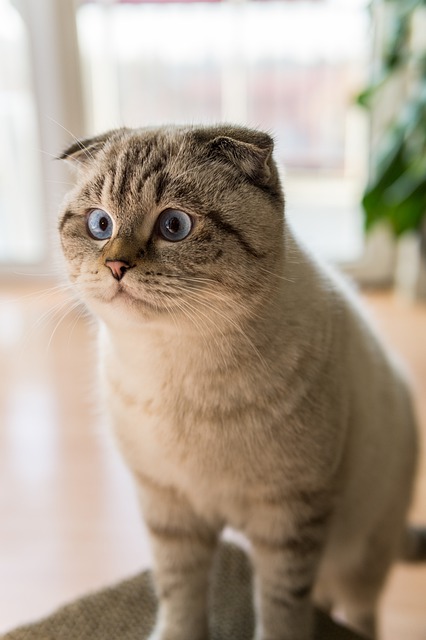
Unfortunately, there doesn’t appear to be a definitive yes or no whether cats get lonely. Instead, there seem to be as many answers as there are “experts” and kitties are remaining tight-lipped with the truth!
A quick search reveals a wide array of answers on whether our felines get lonely.
Dr. Liz Bales: Veterinarian and Feline Specialist and PennVet Alumni
“Cats are naturally solitary survivors. “Lonely” is not really an emotion that they exhibit.”
Dr. Marci L. Koski, Certified Feline Behavior Consultant & Founder, Feline Behavior Solutions
“Cats can and often do get lonely when their guardians are gone for varying lengths of time. Cats aren’t nearly as independent as people have historically thought them to be.”
Dr. Leticia M.S. Dantas, Diplomate of the American College of Veterinary Behaviorists
“The answer to “Do Cats get lonely?” is likely yes – if they are kittens before their territorial nature kicks in at adulthood.”
So, the simple answer is we don’t know and probably won’t until felines decide to let us in on this secret!
What Can a Cat Guardian Do If Their Cat Gets Lonely?
There is some good news, there may be signs and symptoms which may indicate your indoor cat is lonely and needs more companionship, interaction and human love. Below we explore the helpful tips to proactively keep your domestic cat from being lonely!
Possible Signs Your Cat May be Lonely
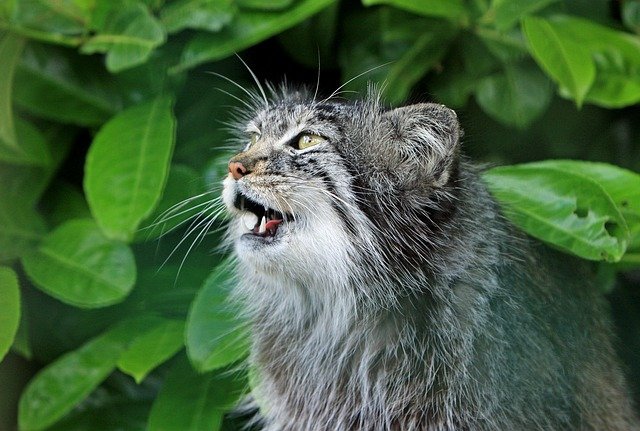
While felines are not pack animals like canines, cats are still social animals to differing degrees. So which potential signs may mean your cat is lonely?
- Frequent and loud meowing and other vocalizations
- Excessive shedding
- Depression and separation anxiety
- Sudden clinginess
- Changes in eating and sleeping patterns
- Sudden problems with using the litter box
- Changes in your cat’s aggressive behavior
How to Keep Your Cat Happy and Engaged: 6 Tips
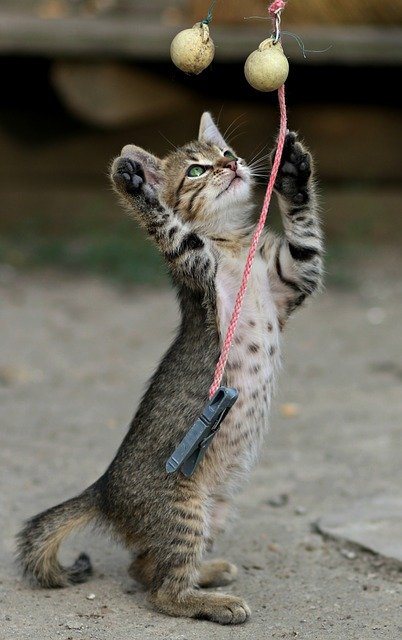
- Just like our dogs, cats thrive on a consistent routine. If your routine suddenly changes, your cat may begin to exhibit symptoms of separation anxiety or loneliness. Do everything you can to maintain your pet’s regular schedule. If necessary, hire a pet sitter to avoid the development of negative and even destructive cat behaviors as well as feline loneliness.
- Like most living beings, cats need quality interaction and play with their humans and/or other pets for their best emotional health.
- Keep in mind, any environmental change may also lead to feline stress and negative behaviors. Going on vacation? Keep your cat in their home with a pet sitter they know.
- Consider adopting another cat for regular companionship and socialization.
- Rotate a variety of interactive cat toys to keep your feline from getting bored and lonely.
- Create a cozy spot near a window so your cat can stay entertained with birds, and wildlife.
Remember, not all cats have the same needs.
You know your cat best and what they need.
If you’re not sure, find a local cat behaviorist to make sure
your cat does not get lonely and is happy and engaged!

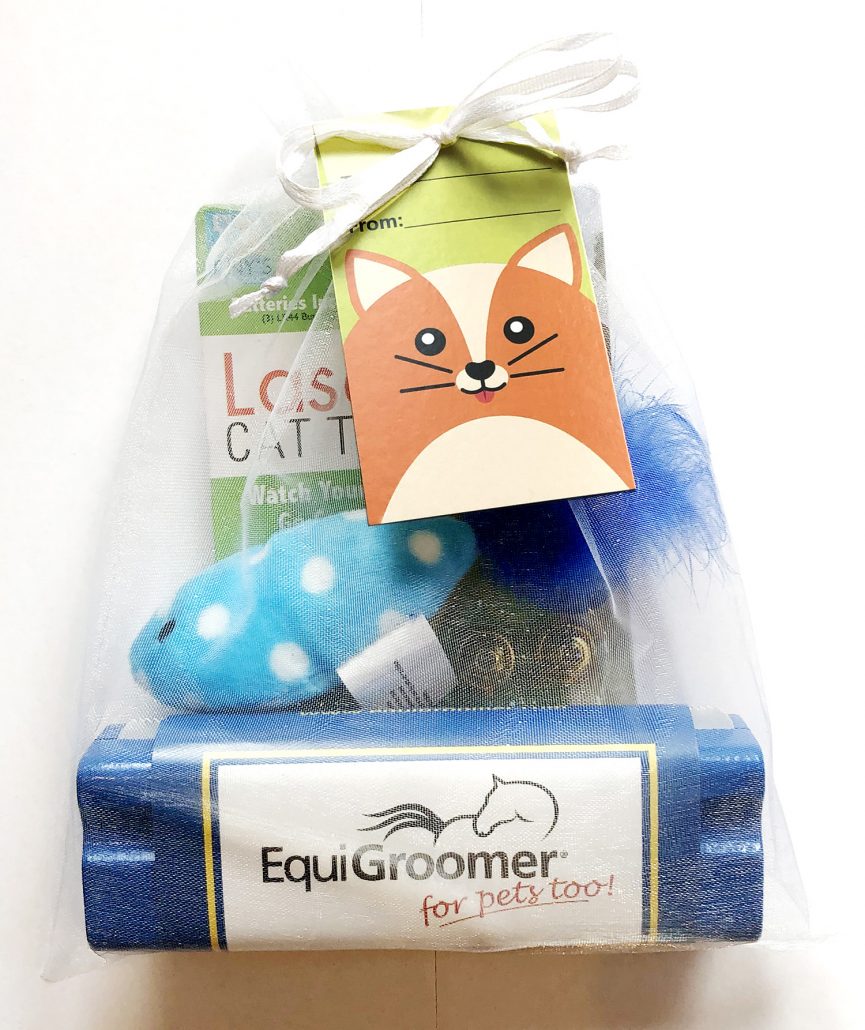
Strengthen Your Bond with Your Cat with the BEST Grooming Tool and More!
Purchase the EquiGroomer Cat Gift Bag and spend quality, one-on-one time with your feline!
Easily remove dead hair, dust and dander from your cat’s coat with the Cat Shedding Brush, and afterward, engage your cat in play with the Laser Pointer and adorable Cat Toy!


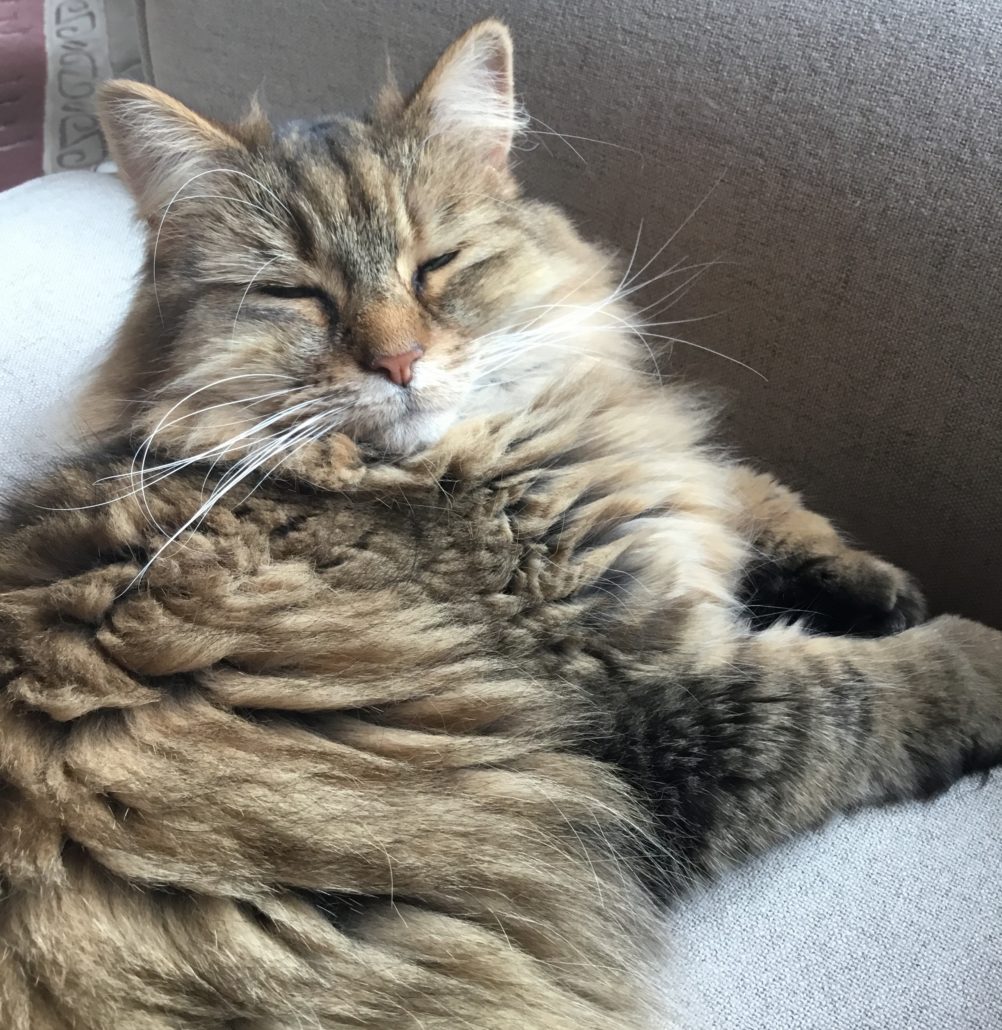
 Each stage of your pet’s life has its own requirements for well-being. The needs of a puppy, kitten or foal will be different from an adult or senior. So, it’s important to focus on the specific wellness needs and effective preventative care for their age, breed, health history and potential aging challenges.
Each stage of your pet’s life has its own requirements for well-being. The needs of a puppy, kitten or foal will be different from an adult or senior. So, it’s important to focus on the specific wellness needs and effective preventative care for their age, breed, health history and potential aging challenges.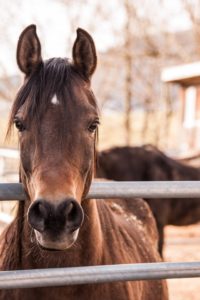




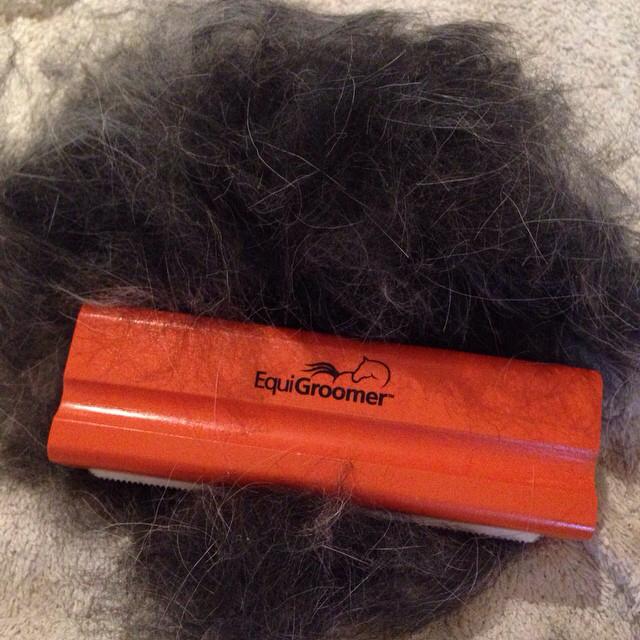

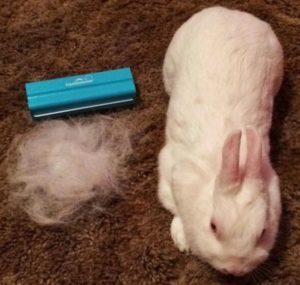 hairballs for cats (as well as rabbits and
hairballs for cats (as well as rabbits and 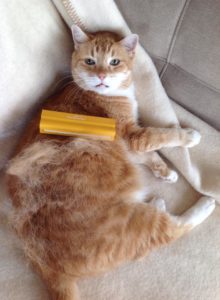
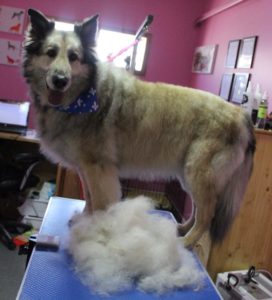 Pomeranian, Corgi, Puli, Leonberger, Golden Retriever and Shiba Inu
Pomeranian, Corgi, Puli, Leonberger, Golden Retriever and Shiba Inu Regular brushing is essential to your pet’s overall hygiene, health, comfort and happiness.
Regular brushing is essential to your pet’s overall hygiene, health, comfort and happiness.
